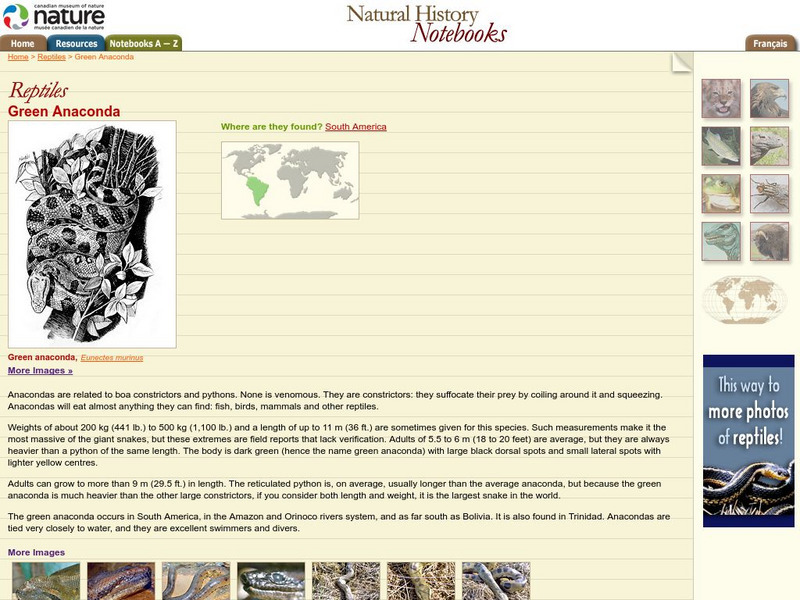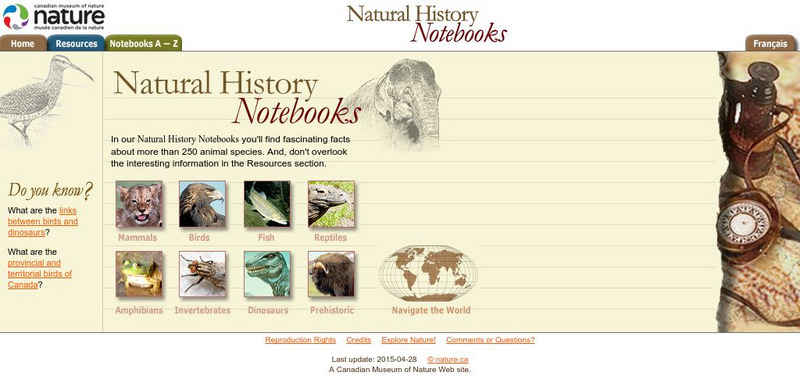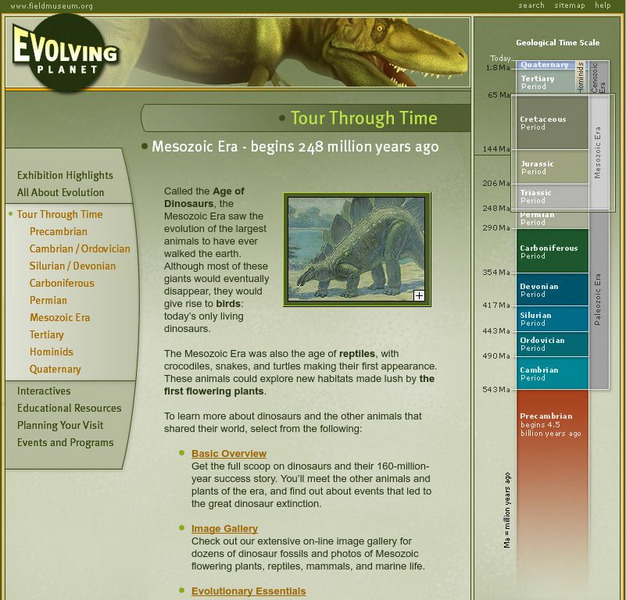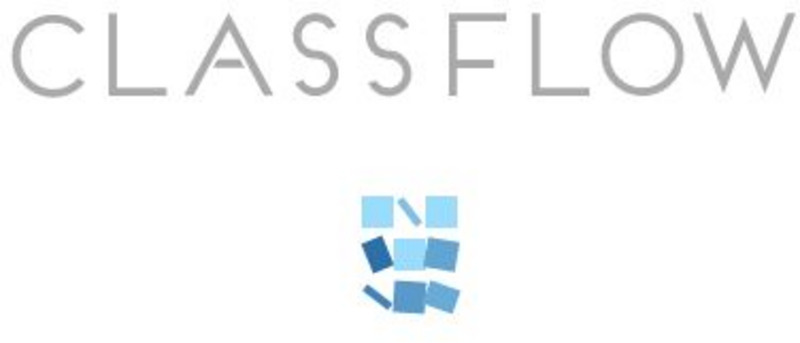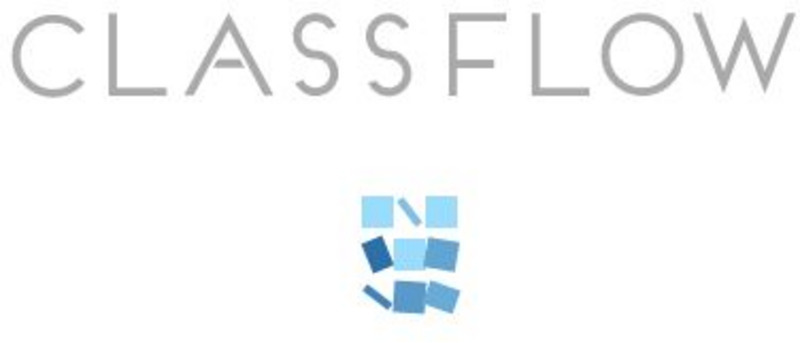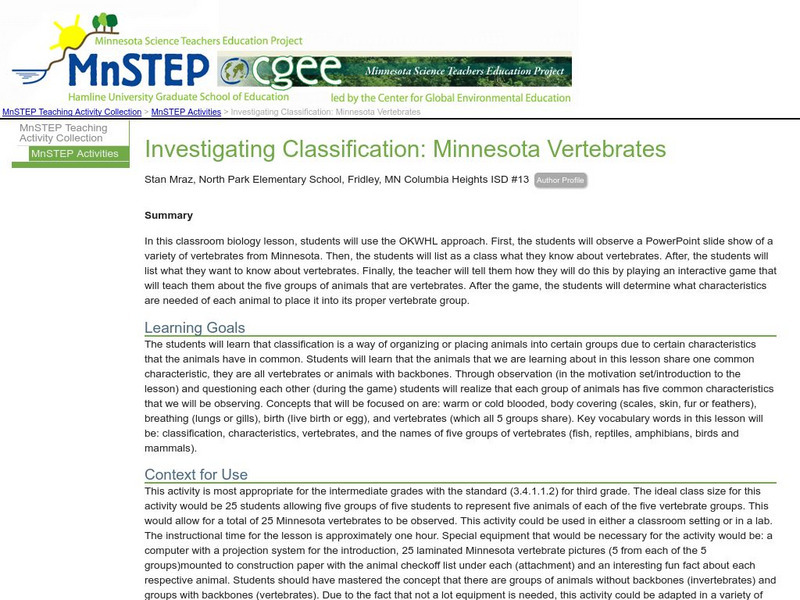Saint Louis Zoo
Saint Louis Zoo: Central American Bushmaster
Discover basic facts and learn about the habitat and appearance of the Central American bushmaster.
Saint Louis Zoo
Saint Louis Zoo: Dwarf Caiman
Discover fun facts and learn about the appearance and behavior of the dwarf caiman.
Saint Louis Zoo
Saint Louis Zoo: Chinese Alligator
Discover fun facts and learn about the habitat, breeding, diet, conservation status, and appearance of the Chinese alligator.
Canadian Museum of Nature
Canadian Museum of Nature: Anaconda
Did you know that a full grown Anaconda can weigh as much as 200 K g (441 lb.)? This is just one of the interesting facts that describe this reptiles features and habitat. Seven photographs provide excellent close up views.
Canadian Museum of Nature
Canadian Museum of Nature: Crocodiles
Do you know the difference between a crocodile and an alligator? Find out how they differ, the number of species, what they eat, their characteristics and location. Six pictures show this reptile in its habitat.
Canadian Museum of Nature
Canadian Museum of Nature: Natural History Notebooks
This site from the Canadian Museum of Nature, a natural history museum, provides short information blurbs and fun facts on over 240 different common animals categorized by type (mammals, fish, reptiles, invertebrates, amphibians,...
The Field Museum
Field Museum: Exhibits: Evolving Planet: Mesozoic Era
In this effective exhibit, you will meet the dinosaurs and other plant and animals of Mesozoic Era. Observe photos of flowering plants, reptiles, mammals and marine life. Listen to interesting video interviews with scientists who study...
ClassFlow
Class Flow: Vertebrates
[Free Registration/Login Required] This flipchart is about vertebrate animals. It contains information about the 5 types of vertebrates: fish, amphibians, reptiles, birds, and mammals. The flipchart contains links to websites and...
ClassFlow
Class Flow: Animal Classification
[Free Registration/Login Required] This is a flipchart for first graders to learn about mammals, fish, birds, amphibians and reptiles.
ClassFlow
Class Flow: Animal Classification
[Free Registration/Login Required] This interactive flipchart examines characteristics of each animal family (mammals, birds, reptiles, amphibians, and fish) It contains an assessment at the end which can be used with Activotes.
ClassFlow
Class Flow: Animal Classification
[Free Registration/Login Required] Students will classify organisms into groups and relate how they determined the groups with how and why scientists use classification. They will also demonstrate how animals are sorted into groups...
ClassFlow
Class Flow: Egg Citing Adventures
[Free Registration/Login Required] Chickens aren't the only ones who lay eggs. Through poetry and hands-on activities, students learn how birds, reptiles, fish, and amphibians are alike and different. Number activities and videos are...
The BIG zoo
The Big Zoo: Saltwater Crocodile
Virtual zoo site provides some fascinating facts on this largest living reptile. Contains a physical description as well as information on their habitat, diet, social structure and birth and offspring.
Smithsonian Institution
National Museum of Natural History: American Mammals: Ocelot
Ocelots occur in a wide range of habitats, from rainforest to savanna to dry, scrubby terrain, at mid- to low elevations from Texas and Arizona to northern Argentina. They are feed on small mammals, and also frequently include birds,...
Ducksters
Ducksters: Komodo Dragon
Kids learn about the Komodo Dragon, giant reptile lizard living on Indonesian islands..
Ducksters
Ducksters: Animals for Kids: Green Anaconda Snake
Kids learn about the Green Anaconda snake, massive reptile of the Rain Forests. Heaviest snake in the world.
Ducksters
Ducksters: Animals for Kids: King Cobra Snake
Kids learn about the King Cobra, largest poisonous snake in the world. How big does this reptile get?
Ducksters
Ducksters: Animals for Kids
Kids learn about animals including birds, reptiles, amphibians, mammals, and fish. Endangered animals for teachers.
Ducksters
Ducksters: Animals for Kids: Vertebrates
What is a vertebrate? Students learn about these animals that have backbones such as mammals, fish, birds, and reptiles.
Tramline
Tramline: Dinosaurs: A Prehistoric Adventure for Grades 2 5
Click "Start Fieldtrip," for a wonderful look at a subject that has been a constant amazement to children of all ages. This dinosaur learning module for grades 1-3 is a "Prehistoric adventure," discussing dinosaur fossils, the size of...
University of Florida
Cottonmouth Identification Key
An identification key for the Florida and eastern cottonmouth water moccasins.
San Diego Natural History Museum
San Diego Natural History Museum: Dinosaur Dig
The San Diego Natural History Museum provides dinosaur lovers with plenty of information and fun facts with links to Finding Fossils and Dinosaur Bytes.
Science Education Resource Center at Carleton College
Serc: Investigating Classification: Minnesota Vertebrates
This lesson serves as an introduction to classification. The students will place animals into its proper vertebrate group according to certain characteristics that the animals have in common.
CGFA
Carol Gerten Fine Arts: M. C. Escher
This resource provides a very informative biography as well as a gallery with 15 pictures of great Escher art.
Other popular searches
- Reptiles and Amphibians
- Reptiles Worksheets
- Reptiles Life Cycles
- Reptiles Hands on Activities
- Reptiles Amphibians
- Amphibians and Reptiles K 2
- Reptiles & Amphibians
- Marine Reptiles
- Reptile Excretory System
- Reptiles Lesson Plans
- Reptiles Introduction
- Collections on Reptiles



